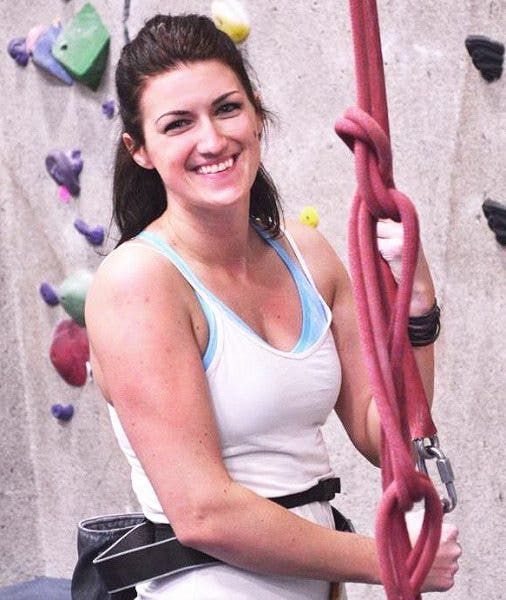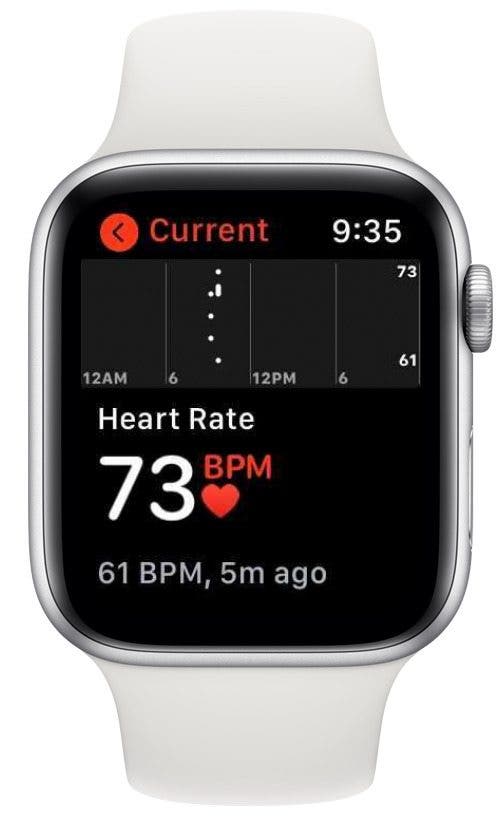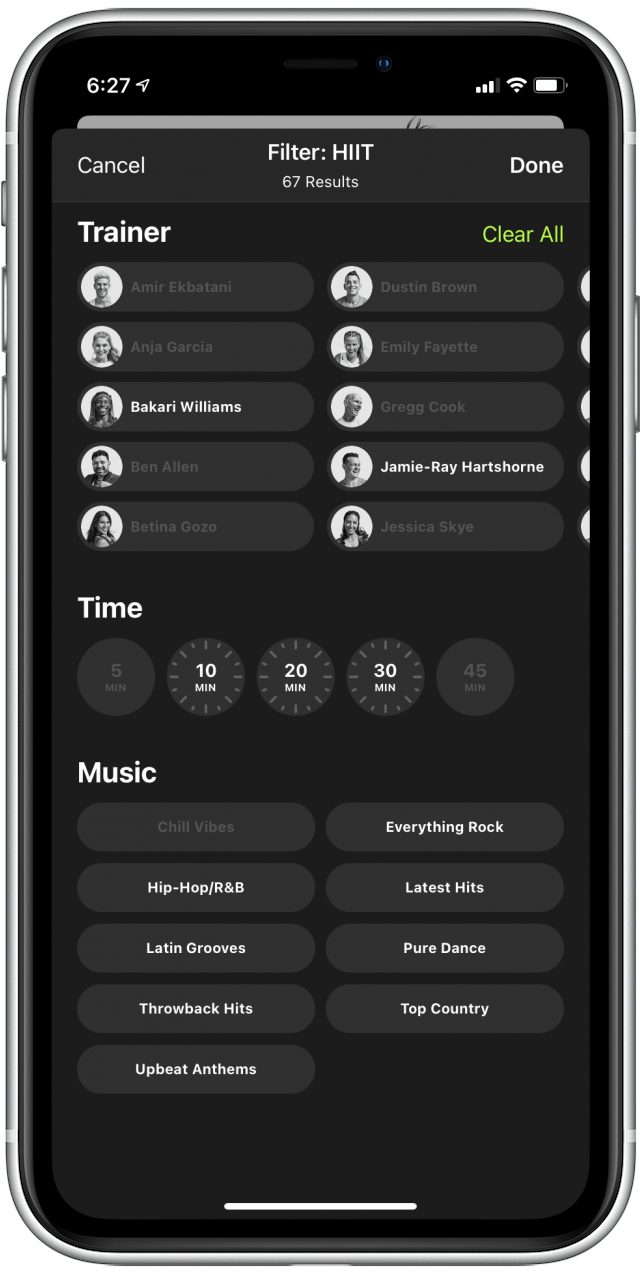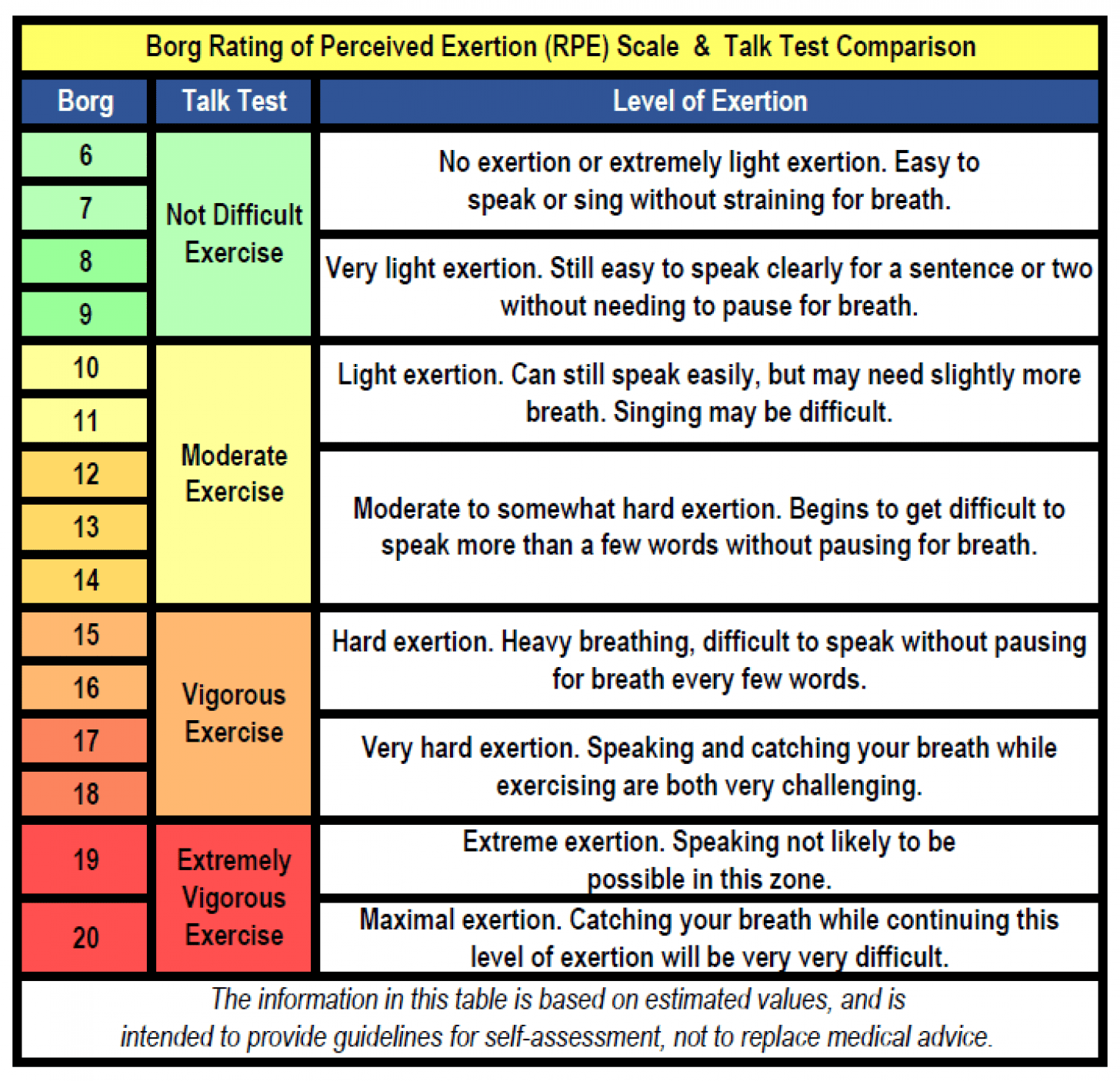
Many people are using at-home exercise videos these days, but they can feel very one-size-fits-all. This guide from a fitness professional will help you keep yourself safe and at an appropriate difficulty level while still getting the most out of your workouts with Apple Fitness Plus and other programs.

First I’d like to introduce myself. I am a personal trainer, and I specialize in working with at-risk populations—individuals with certain special considerations, barriers, or obstacles to health and exercise. The information contained in this article was included in my certification, and it’s information I use regularly as part of my day-to-day training responsibilities.
That said, it’s important to remember that the information in this article is not meant to replace professional medical advice. I’m sure you’ve heard it before, but it really is an important thing to be clear about. Please check with your doctor prior to starting any health or fitness routine! Only a medical professional who knows your health history can give you the most accurate recommendations and guidance for your activity level, exercise tolerance, and how to calculate your target heart rate.
Jump To:
- How Do You Stay Safe While Exercising from Home?
- Choose the Right Kinds of Workouts for Your Abilities
- Know Your Exercise Limits
- Modify Exercise Movements & Intensity as Needed
- Listen to Your Body’s Cues
- What Exercises Should I Avoid?
How Do You Stay Safe While Exercising from Home?
Now we can really dig in. Are you looking for safe exercise videos for seniors, children, or individuals with other reasons to need to scale their workouts to fit their skill level? You’ve come to the right place. The simple answer is that most exercises—whether they be videos, written workout plans, guided training with an industry professional, or otherwise—can be scaled to an individual’s needs and capabilities.
That said, there are absolutely certain exercises that are broadly inappropriate for certain demographics with what fitness professionals call “special considerations.”
I’m going to walk you through a few ways to find appropriate exercises for you, along with how to modify workouts to make them easier or more appropriate for your body. At the very end, we’ll take a look at which exercise types are not considered beginner workouts, and what to know about those exercises before trying them.
Related: How to Sign Up for Apple Fitness Plus & Start Your Free Trial
1. Choose the Right Kinds of Workouts for Your Abilities
We’ll discuss selecting exercises in terms of doing so on the Apple Fitness Plus platform, but these tips can also be applied to selecting any exercise that you plan to do on your own!
- Start with what you know. If you’re looking for beginner workouts or workouts for seniors, it’s best to start with things you’re familiar with, and build from there. Select categories of exercises that you’ve done before, such as walking, yoga, cycling, elliptical, treadmill, etc. and you’ll have a much easier time figuring out if a workout is right for you.
![Use Preview to get a glimpse of the workout before you begin]()
- Watch the previews. One thing Apple Fitness Plus does really well is providing previews of the exercise before you even begin your workout. When you are browsing through exercises in Apple Fitness Plus, tap on the thumbnail of an exercise to see the workout summary screen. There will be a button you can tap to watch the preview, and this will help you gauge how tough a workout will be.
![Apple Fitness Plus workouts for beginners]()
- Try Apple Fitness Plus’ workouts for beginners. Apple included a section on the Fitness Plus home screen specifically for those a little hesitant to jump right in and try the more intense workouts! Exercises in this category are easy to follow and very suitable for all users, from the very least experienced to the very most.
![Music, trainer, and time filters or Apple Fitness Plus workouts]()
- Use music selection and workout duration as clues. If you’re looking for a dance workout, for instance, and the music type is extremely upbeat, you’re probably looking at a more challenging and energetic workout in terms of target heart rate and how hard your heart has to work. If you’re looking for a High-Intensity Interval Training (HIIT) cardio workout and it’s an especially short one, it’s likely to be pretty tough in order to pack the same burn into a shorter time. Longer cardio workouts tend to build in more breaks.
2. Know Your Exercise Limits
So how the heck do I know when I need to dial it back? Isn’t exercise supposed to be tough? How do I know if I’m exercising too hard?
Never fear. You don’t need to go out and buy any expensive or complicated equipment to monitor your exercise-related exertion. There are some easy ways to track how hard you’re exercising, but you should definitely make sure you know your target heart rate zones and have updated your metrics in the Health app prior to using these. You’ll use your target heart rate as a guide for understanding your limits relative to your current activity, and keeping your information up to date in the Health app will also allow your Apple devices to correctly calculate your energy expenditure as calories burned, steps tracked, and overall exertion.

- Use your Apple Watch to measure your exertion. If you are using Apple Fitness Plus, that means you have an Apple Watch that includes a built-in heart rate monitor. Your heart rate will appear on the screen during workouts if you’re wearing your watch, so take a look in the upper-left corner to see how hard you’re working!
- Wear another kind of fitness tracker or learn to check your heart rate manually. This will give you a more accurate metric than using one of the following two methods.
- Use the talk test. The Centers for Disease Control and Prevention (CDC) note that if you can talk fairly well but couldn’t sing during an activity, you’re likely doing moderate-intensity exercise. If you’re doing vigorous-intensity exercise, you won’t be able to speak easily without pausing for breath.
- Use the Borg Rating of Perceived Exertion (RPE) Scale. This perception-based scale is recommended as a self-monitoring tool by the CDC, and is also something we learn to do as fitness trainers! The CDC describes the process of self-assessment as follows:
“Through experience of monitoring how your body feels, it will become easier to know when to adjust your intensity. For example, a walker who wants to engage in moderate-intensity activity would aim for a Borg Scale level of “somewhat hard” (12-14). If he describes his muscle fatigue and breathing as “very light” (9 on the Borg Scale), he would want to increase his intensity. On the other hand, if he felt his exertion was “extremely hard” (19 on the Borg Scale), he would need to slow down his movements to achieve the moderate-intensity range.”
![Exercise intensity self-assessment scales comparison]()
3. Modify Exercise Movements & Intensity as Needed
The next step after selecting appropriate workouts is to understand that you can choose workouts slightly outside your comfort zone and modify them to better suit your experience, energy levels, flexibility, limitations, and other needs. It’s important to remember that exercise intensity is measured by your own exertion, not that of any one else! Compare your progress, effort, and exertion with your own experiences, and avoid comparing yourself to others.
- Change the intensity level. You don’t have to match the intensity of the trainer giving the instruction! Remember that they’re a trainer and that they do this almost daily, if not every day. You can reduce the speed, lower the resistance, drop the incline, or otherwise slightly lessen the stimulus to help keep yourself in an appropriate heart rate zone.
- Follow an alternate demonstrator in the video. Certain exercise videos offer not only the primary trainer to learn from, but also one or two alternates who perform modified or simplified versions of the exercises throughout the video. This allows users to see variations that may suit them better.
4. Listen to Your Body’s Cues
We tend to expect unreasonable levels of performance when it comes to our bodies. Whether you’re competitive or not, I’ll bet you’ve been less than supportive of yourself before, am I right?
Here’s a little pep talk, minus the annoying false positivity: our bodies go through cycles. These cycles are based on our natural rhythms, environmental factors, stress levels, eating habits, hydration, sleep habits, and a dozen or so other factors. The result of this somewhat chaotic sum of factors is that no two days are the same when it comes to performance.
The best way to know how hard to work currently is to feel how you’re feeling currently. Scale things down a bit if you’re fighting a headache or didn’t sleep well. Still push yourself to your desired level of perceived exertion if you choose to and it’s safe, but understand that it may take more or less effort to get to that level of exertion from day to day, and that’s normal!
What Exercises Should I Avoid?
This is an entirely subjective question that is best answered by your doctor, but I can at least point you in the right direction.
If you are a beginner or simply need easier workouts, High Intensity Interval Training (HIIT) or other vigorous-intensity exercise programs are probably best to either avoid or pare down until you feel more comfortable with intense exercise. These types of workouts involve high heart rates, tons of fast movement, and often a fair amount of impact on your joints.
Speaking of joints and impact, if you have degenerative issues with any of your joints, you’ll want to be quite careful with weight training or lifting of any kind. This doesn’t necessarily mean you shouldn’t do weight training, but you’ll need to approve it with your doctor first. In fact, many of my clients had joint pain prior to working with me, and in most cases, weightlifting actually helped significantly when done with proper form and careful supervision. The key here is that there are modifications and very careful direction and observation that need to occur in these instances, so it’s best to invest in working with a professional, even for a short time while you’re learning proper form.
If you have any conditions at all that limit your ability to breathe, run, or otherwise perform moderate or vigorous activity, absolutely check with your doctor and ask them exactly how much exercise they’re comfortable with you performing, along with which kinds of workouts they recommend.
Master your iPhone in one minute a day: Sign up here to get our FREE Tip of the Day delivered right to your inbox.




